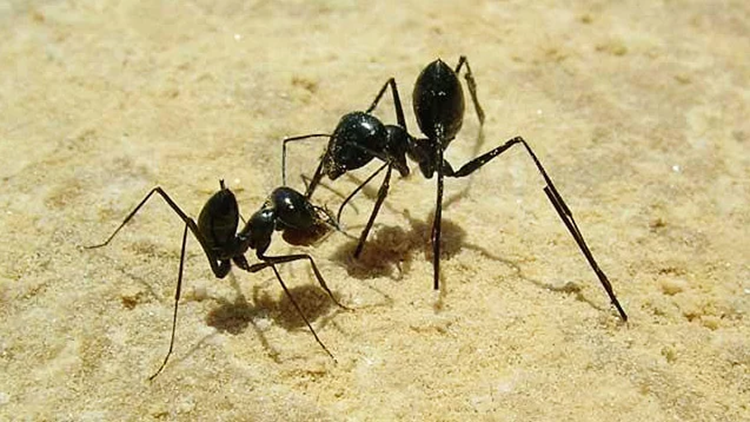February 23, 2024
Hello and happy Friday,
This week I have been feeling – dare I say it – a little bit jubilant, and I think it has to do with being able to see the sun past 5 p.m. It could also be that I’ve spotted a few birds coming out of winter hiding, puffed up and preparing for spring. On the other hand, why am I still scraping frost off my car in pitch darkness in the mornings? (Better than Michigan though, where I used to live – there you had to use an ice-axe to climb into your car. Crampons helped, too).
Please scroll through these updates, perhaps act upon a few of them, and then decide if you will hop across the line. Much like a choose-your-own-adventure book, only you can decide.
- Our colleague, Omiyẹmi (Artisia) Green, professor of Theatre and Africana Studies, will be giving the 2024 Tack Lecture, "A History of African American Theatre and Black Theater at William & Mary" on Wednesday, March 6 at 7 p.m. in the Glenn Close Theatre in Phi Beta Kappa Memorial Hall. This lecture is free and open to the public. I look forward to attending what is sure to be a wonderful lecture and to seeing many of you there. RSVP to attend.
- Our Arts & Sciences homepage now has a new feature: A&S Announcements! The new A&S Announcements feed is a great way to share brief updates about external awards, honors, or grants received, as well as publications, links to external features, and more. You can find more information in the A&S Communications Hub under News Stories & Announcements. Or, jump right into it: view the full criteria and submit your announcements for consideration.
- The Scholarly Perspectives speaker series on the Middle East continued this week with wonderful and informative talks by our W&M colleagues, Lina Kassem, visiting assistant teaching professor, International Relations, and Jonathan Glasser, associate professor of Anthropology. The series continues on Thursday, March 7. W&M faculty interested in inviting speakers or moderating panels on this topic in Fall 2024 to contact the Reves Center at internationalwm@wm.edu.
- The second annual Inclusive Inquiry Speaker Series Film Festival, held yesterday evening and this evening, bring incredible film screenings and engaging dialogue from the creators behind them as we explore expression and inclusion through the arts. I encourage you to attend this evening’s screening and keynote with alumnus, writer/director, Omar S. Kamara ’15 in the Sadler Center’s Commonwealth Auditorium. The screening of Omar’s film, African Giants, begins at 4:30, with the keynote and Q&A following at 6:30.
_____________________________________________________________________________________
I enjoyed discussing the mating calls of koalas and death-watch beetles with some of you over the past week. The general consensus is that the tapping of the death-watch beetles was preferable to the vomiting of the koalas. I am on a quest to find an animal that can do both simultaneously (while mating).
Today’s below the line is about the wondrous and hidden skills that some animals have developed without our even knowing it. Eight years ago I heard an NPR story about how ants in the desert find their way home. Ants can walk a very long way on their little legs (much like me on the treadmill). When they march off and leave their nest far behind, how on earth do they find their way back? Smells don’t stick to sand, so it’s not by smell. Some intrepid researchers found out. They enticed some ants to walk a long way from home by putting delicious, fragrant food out for them. (Was it fried pickles? History does not relate). After the ants had finished eating, the researchers left one third of them alone, glued pig-bristles to the legs of another third, and shortened the legs of the final third (in a totally ethical, painless way). Then they sent them on their way. The ants who had retained their natural legs walked straight to the nest. The long-legged ants walked past it. The short-legged ants stopped before they arrived at it. WHAT had happened! Crack the case!
It turns out, the ants count their steps. They all walked the same number of steps, but because of the varying length of their legs, they covered varying distances. Conclusion: they have internal pedometers which allow them to find their way back from anywhere, just by counting. Below, you see a regular ant, and an ant on stilts. This weekend’s homework: make yourself a pair of stilts out of pig-bristles, and learn to walk on them.

Have a great weekend, everyone.
Suzanne














